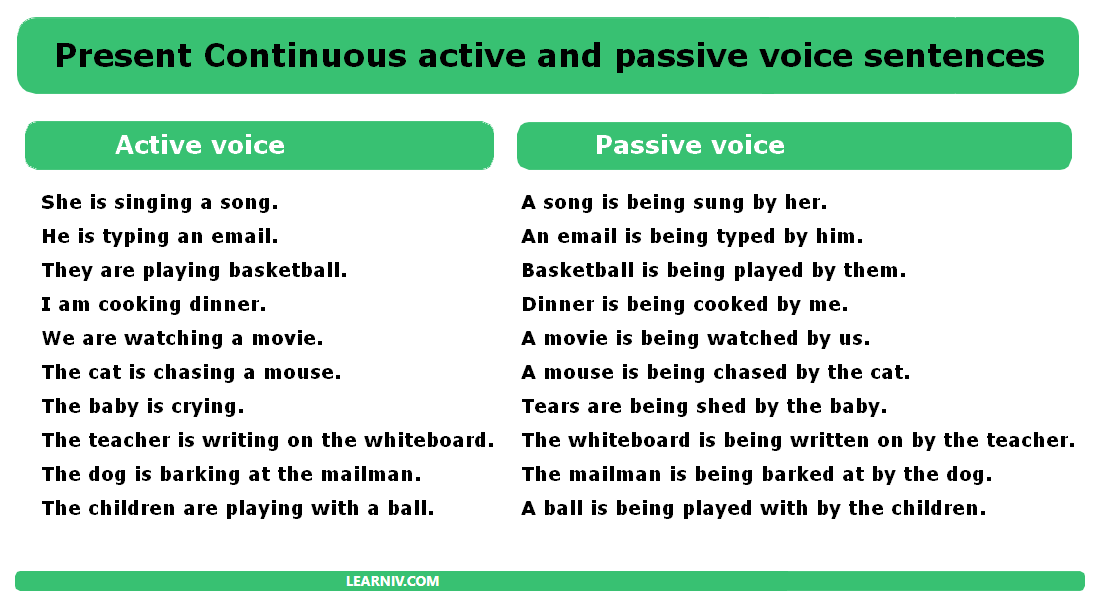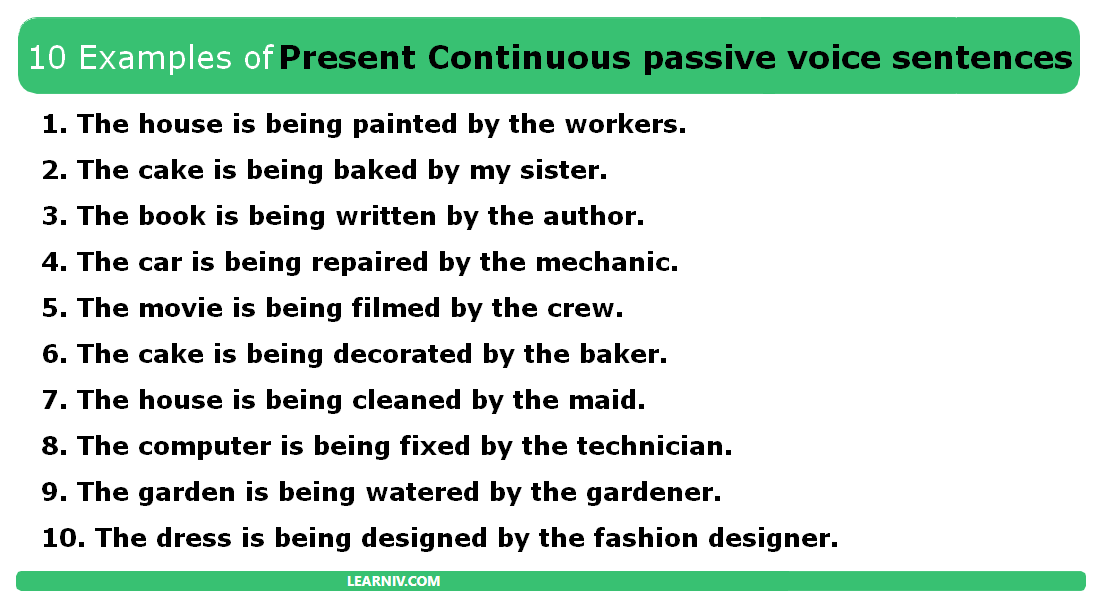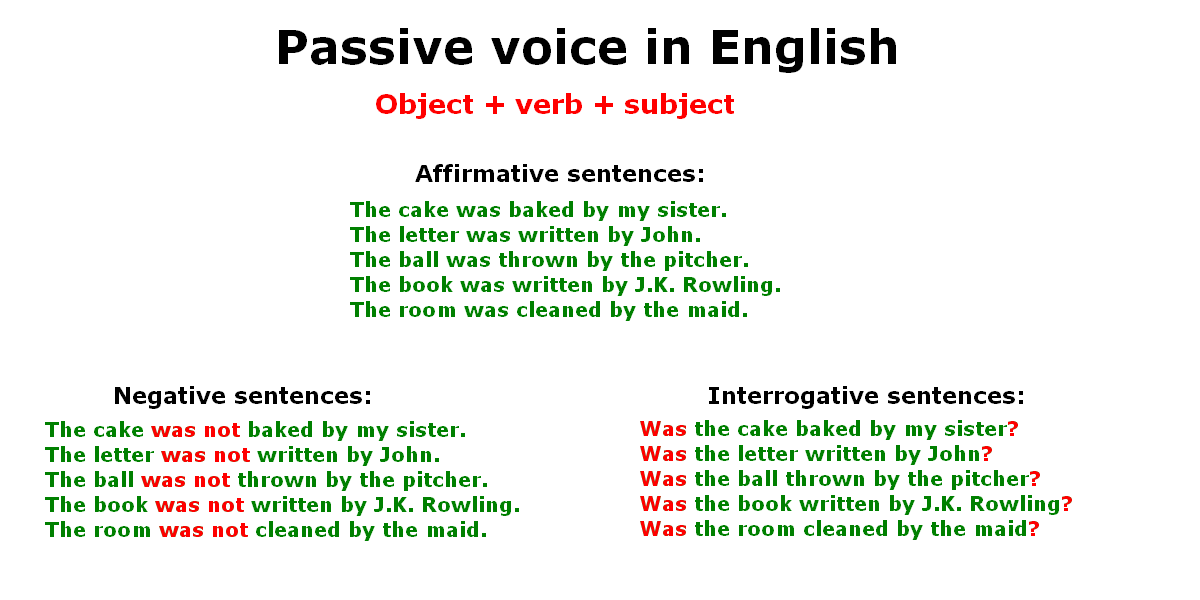Here are 50 simple sentences in the Present Progressive tense: I am reading a book. They are playing basketball. He is watching television. She is cooking dinner. We are studying for the exam. The dog is barking loudly. It is raining outside. They are laughing at a joke. She is dancing in the living room.… Continue reading 50 sentences of Present Progressive tense
50 sentences of Present Progressive tense
10/10 - (1 vote)





